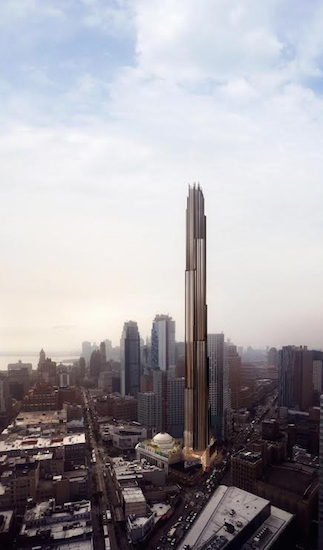Legislation that would have allowed taller NYC buildings is shot down, for now

State legislation that would have allowed significantly taller buildings throughout much of the city, including Downtown Brooklyn, was derailed this week after community and civic organizations, including the Brooklyn Heights Association (BHA), mounted a last-minute opposition campaign.
Assembly Bill A7807, introduced by Harlem Assemblymember Keith Wright (Senate version S5469 was introduced by Brooklyn Sen. Simcha Felder), would have removed restrictions on the size of residential towers.
The BHA said in a statement that the introduction of the bills “without any public fanfare by Mayor de Blasio, allied with the backing of the real estate industry, was seen by critics as a stealth approach to loosening land use controls and fostering more massive development.”

Brooklyn Boro
View MoreNew York City’s most populous borough, Brooklyn, is home to nearly 2.6 million residents. If Brooklyn were an independent city it would be the fourth largest city in the United States. While Brooklyn has become the epitome of ‘cool and hip’ in recent years, for those that were born here, raised families here and improved communities over the years, Brooklyn has never been ‘uncool’.